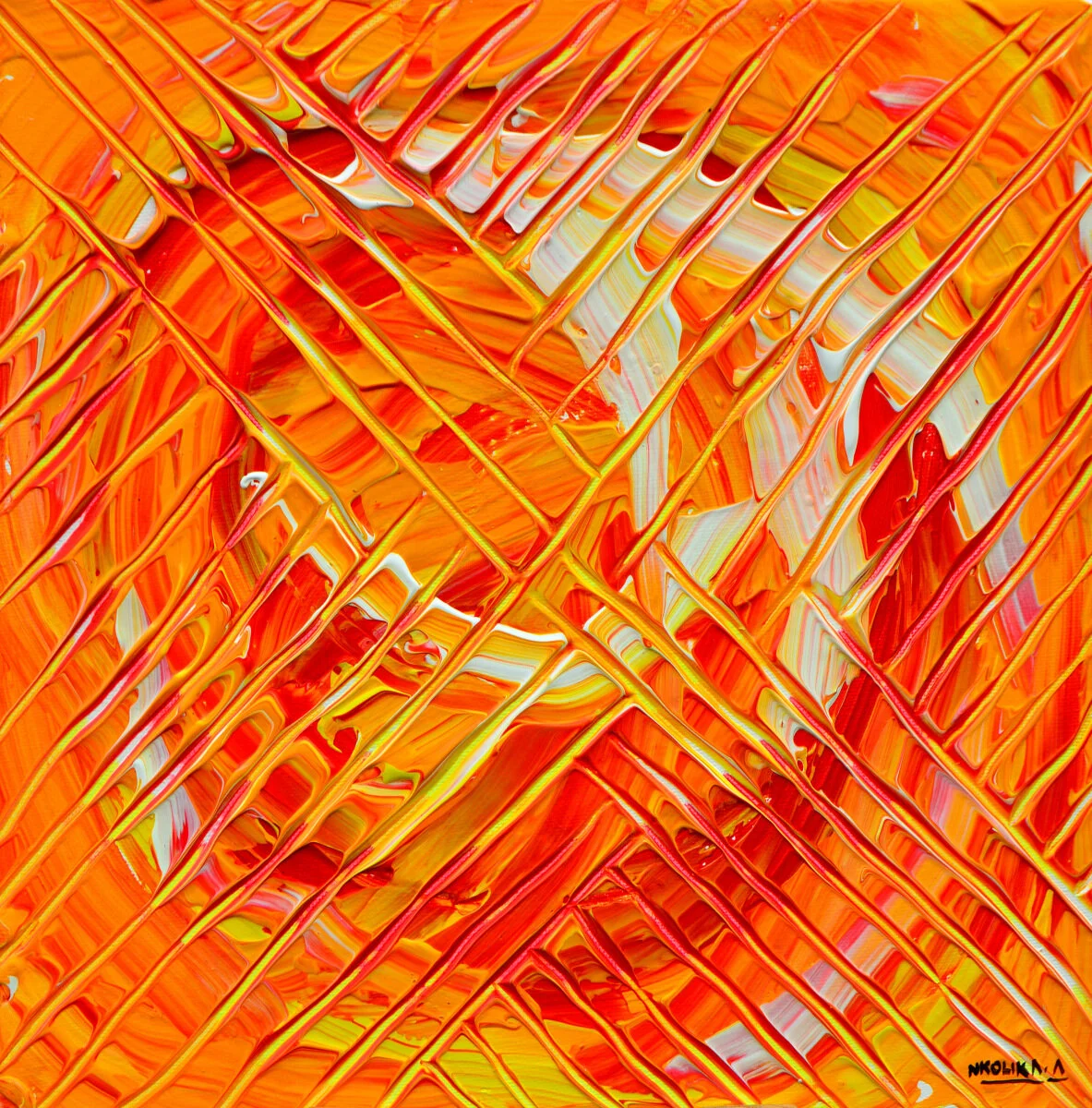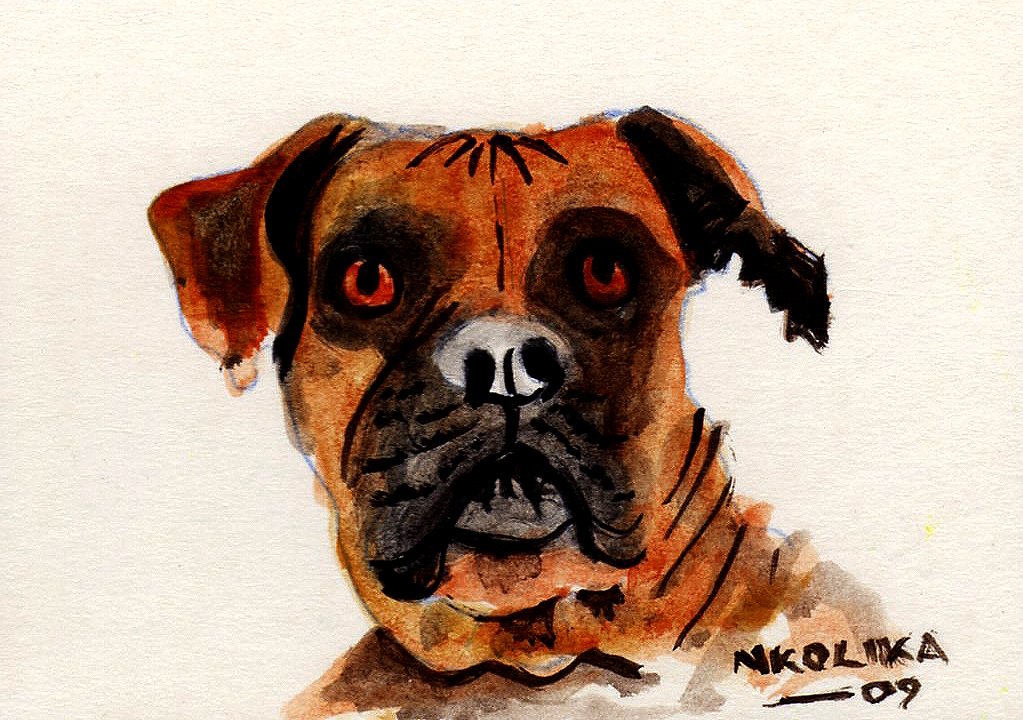Oil painting Of An Elephant: Step 1
I love trying out new things and projects. I always love a new challenge and I am not so much interested in what the end result would be......good or bad it does not matter (though I aim for the best always).
What matters is starting off. I decided to attempt painting an Elephant and will be showing you how I would be doing it.
I am using a reference photo of an Elephant and her baby which I got from a magazine. Magazines and publications make excellent sources of reference photos for painting.
They come in handy especially when one is learning to paint and ideas seem to run dry.
To make the sketch I used the grid format. Though it is tedious drawing the lines over and over again, it gives a very good approximation as to the right magnification while maintaining the proportion. I used a charcoal pencil.
Though you can use a lead or graphite pencil.
There are several ways you can use to make a sketch or draft of the subject of your painting. Aside from using the grid method, you can use tracing paper to trace the picture and then transfer it onto your canvas.
Or you can make a freehand sketch. Whichever method you use depends on what you are comfortable with
After laying down the sketch, I erased the lines with a rubber eraser and sprayed a thin layer of fixative on it. This is to make sure the charcoal does not stain my paint.
The drawing is then left to dry, after which it would be ready for the 2nd stage and the application of the first layer of paint. The work is on primed canvas and I would be executing it with oil paint.
I then used Prussian blue to redraw the whole picture, bringing out the dark parts, the creases and shadows. This serves as a monochrome underpainting. Monochrome means one colour.
I scanned the picture and blew it up on my laptop in order to see the wrinkles and fine details well.
Otherwise, you can use a handheld magnifying lens.
I have split the work into several steps as seen below.











